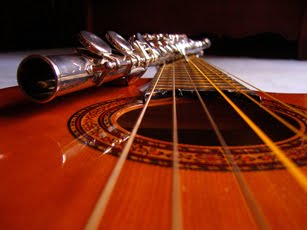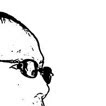
There is oblation. There is obliteration. Now, there is oblateration. What once was a noble idea of a living offering of all that is humanly perfect and pure has been obliterated by human folly. We – no, they – call it Oblation Run.
The ancient Jews, chosen by Yahweh as a special nation and people, began as a colony of Hebrew slaves in ancient Egypt. Led by the pillar of fire through the wilderness, they were disciplined and purified for forty years before they could claim the Promised Land. In their triumph, God reminded them constantly of that miraculous, historical event through burnt offerings (oblations) of animals. Centuries later, that sacrificial rite would be replicated on a cross by a human being born of God.
A Filipino national artist who was also a strong believer of the Hebrew God, sculpted the Oblation as the University of the Philippines’ symbol of its mission and a reflection of our country’s destiny, as envisioned by our greatest heroes. Every incoming UP student learns this as his or her first lesson of the heart. All the other lessons learned by the mind pale in comparison to it.
For each struggling student for two or five years in one of the many campuses of UP, the Oblation stands as a mute witness to the unspoken vow every parent ostensibly makes on behalf of a youth on whom the promise of a bright and glorious future has been endowed -- both by family and country.
Such ideals seem hard for the youth of today, brainwashed by decadent thoughts and practices from western cultures, to understand, much less internalize. What started as a naked streak by anti-Vietnam-war protesters in the 70's has given birth to this despicable bacchanalian display by misguided youth claiming academic freedom of expression.
Expressing what principles and ideals of academic excellence? Brotherly devotion? That is, taking the shame upon one’s self on behalf of your frat brothers? And done at a time when people celebrate supposedly the birth of the Messiah of the Jewish nation and of the world? And with masks to hide even their own shame?
And so, the institution tasked with bringing to life those lofty ideals in the lives of its products has failed. By allowing the media to sensationalize this shameless practice and making it even an acceptable social and campus tradition as if it were a harmless festival to be followed and cheered by innocent children and gullible men and women, it has established a precedent for citizens to throw away the cherished symbols of our ideals. If it cannot protect mere symbols of our values, how can it hope to protect and promote the very values themselves? And if a university can’t do it, can the lower schools and the smallest institution – the family, that is – be expected to do it? Chaos retains its image from the great to the small.
But we, as one people, share the shame and ignominy of those among us who would demean themselves facelessly and their bodies before the public. Our common shame before the world and before God, however, must lead us to rectify the guilt we all bear by our individual sins. Not by our own power but by our faith in the One Who promised to give back to Adam his honor. The same honor he lost by his own sin. The same honor he lost and tried to reclaim by covering himself with fig leaves. And yes, the very same fig leaves Oblation wears permanently to hide his own shame (our shame) until, together as one, we can stand again with innocence and holiness before our Creator.
A symbol is not a dead ideal. It lives because we live it in truth and with faith in the righteousness and holiness of God.
(Photo above: The Oblation, done by National Artist Guillermo Tolentino, stands in every campus of the the University of the Philippines System.)


